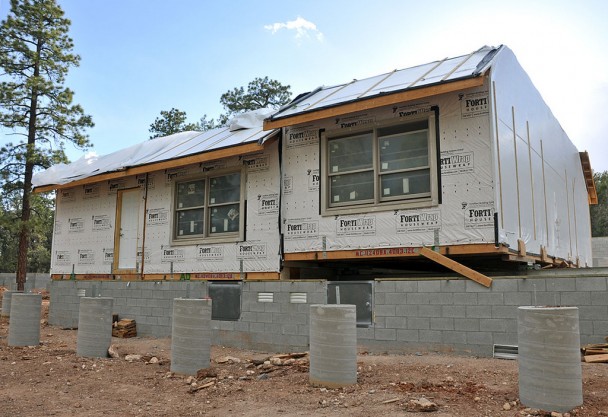When thinking about the ways of insulating your house from the elements, the first thing that usually springs to mind is thermal insulation. It is the essential thing of your home management that can save you a lot of money each month. Its benefits are enormous, as your home will be a more pleasant place during a cold winter and a warm summer, you’ll make a considerable contribution to environmental protection, and save money by paying less for your bills. Yet, many homeowners tend to think that proper home insulation is costly and easily turn from it. But is it really that expensive, and is it even worth it? Let us find out.
How to determine the amount of money you need
Before you select the type of insulation you are going to do, you have to research your climate and know which insulation level is the best for it. By analyzing the recommended insulation for your area, you will be able to make the optimal use of insulation materials, without the need of additional upgrades or repairs. Once you determine what you need and where you have to put the insulation, you can easily calculate the costs.
Where to put the insulation?
The next step is choosing where to install the insulation. The most common places are the roof & ceiling, the floor, walls and windows, and the doors. If you are looking to cut the costs and save as much money as you can, you might want to just get the basics, which is usually the walls and the roof, and later on the floor. People often mistake by thinking that walls should be neglected; however, providing windows insulation or installing double glazed windows can prove to be more than a good investment on the long run for you will save a lot of energy, prevent heat loss and reduce noise pollution. Think twice before you choose which parts to insulate and which not to.
Roof and ceiling
The standard insulation usually starts with insulating your roof and ceiling. By installing a layer of insulation under the roof, you will cut down the radiant heat gain, and by insulating your ceiling you prevent the heat loss. The best way to install ceiling insulation is to do it between the joints. If you have an outdoor roof, you can reduce the heat gain in hot climates by insulating the veranda roof.
Floor
Since floor is very complicated, you might want to hire a professional do to the floor insulation. These improvements are done in order to prevent heat loss and keep your house warm. One way of doing it is applying insulation below your floorboards; another way of doing it is by putting a few quality rugs. They are not only god for draught protection, but they also warm your feet and house at all times, say the experts from a company specialised in quality flatweave runner rugs.
Bulk or reflexive insulation
Usually, people choose between these two types when doing insulation. Bulk is based on using air pockets to prevent the transmission of convicted and conducted air. Reflexive insulation makes use of the trapped air and unlike bulk insulation thermal insulation of this approach depends entirely on the direction of the heat flow. Bulk is more expensive; however it does provide better insulation. Do your research, and decide which one fits your home.
Insulating your home is always a smart thing to do, especially if you are living in a shaky climate which tends to change drastically during the year. By doing this one-time investment, you will save a lot of money in the long run, ensure optimal comfort within your four walls and make our planet a better place to live on.
